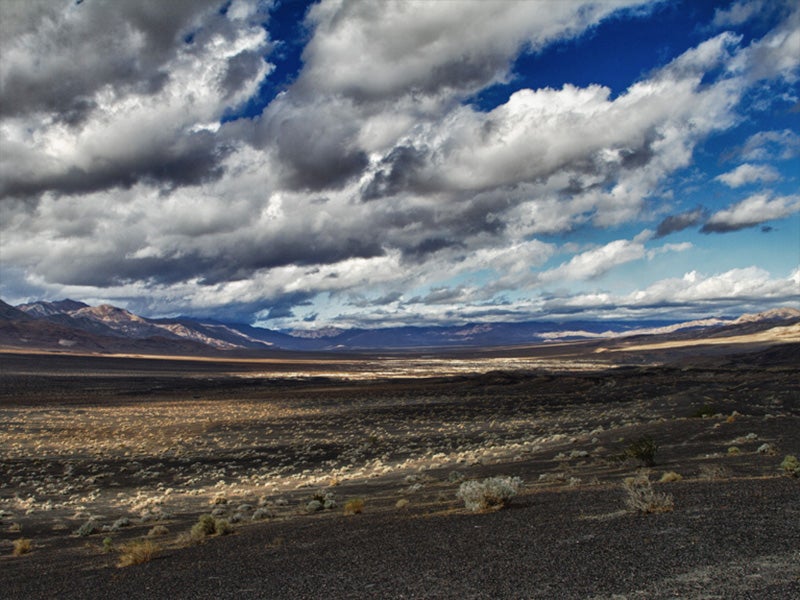Defending Roadless Areas in Death Valley National Park
Many states and counties and private organizations are laying claim to federal lands under an ancient right-of-way law that they claim opens up these lands to highway construction and vehicle use. In Inyo County, California, Earthjustice successfully intervened in one such claim to stop the construction of highways through Last Chance Mountains and other remote roadless areas in Death Valley National Park.
Case Overview
Congress protected the Last Chance Mountains, Greenwater Canyon, and Greenwater Valley as wilderness and added the areas to Death Valley National Park in 1994. Earthjustice intervened in support of the National Park Service to prevent Inyo County from turning little-travelled, rugged trails into maintained highways within this national park, which would disrupt the desert tortoise, bighorn sheep and remote archeological and cultural sites within the Park.
Judge Ishii of the U.S. District Court ruled that Inyo County had missed the statute of limitations to sue over the routes in Greenwater Canyon and Greenwater Valley, and that it failed to prove that a seldom-used jeep track in the Last Chance Mountains was a public county highway under a repealed, 19th century right-of-way law known as “R.S. 2477.”
These rulings were a victory for conservation groups and the National Park Service who had argued that the County had known more than a quarter century before it filed suit that the Park Service believed no highways existed in Greenwater Canyon and Green Water Valley, and who had argued that the County’s evidence didn’t show that the half-mile Last Chance Mountain route was a public highway, since the route showed no signs of construction, and since only one person could remember having traveled the route in a vehicle before 1977.
Areas that will be preserved:
- Greenwater Canyon, on the east side of the National Park, is rugged, narrow, and deep, carving a twisting course through volcanic rock. Forty-two prehistoric sites containing more than 300 important petroglyphs are found in the canyon, which also provides habitat for desert bighorn and desert tortoise.
- Greenwater Valley, to the south of Greenwater Canyon, is covered with lush, dense vegetation, including creosote, sagebrush, bunch grasses, seasonal wildflowers and cactus. The area includes important habitat for the Black Mountain bighorn sheep herd and desert tortoise. Inyo County illegally bulldozed a 3-mile route across an abandoned jeep track in 2004.
- Last Chance Canyon, at the northern end of Death Valley, is a remote and scenic area that is home to cougar, deer, coyote, and badger. Inyo County claimed a “highway” runs up the canyon, which narrows into a boulder-choked, tree-strewn gulch.
All three of these areas were designated as wilderness when Death Valley National Park was created in 1994. Inyo County is one of many governmental agencies and private organizations that are laying claim to federal lands under RS 2477.

Case Updates
Case page created on January 18, 2007.